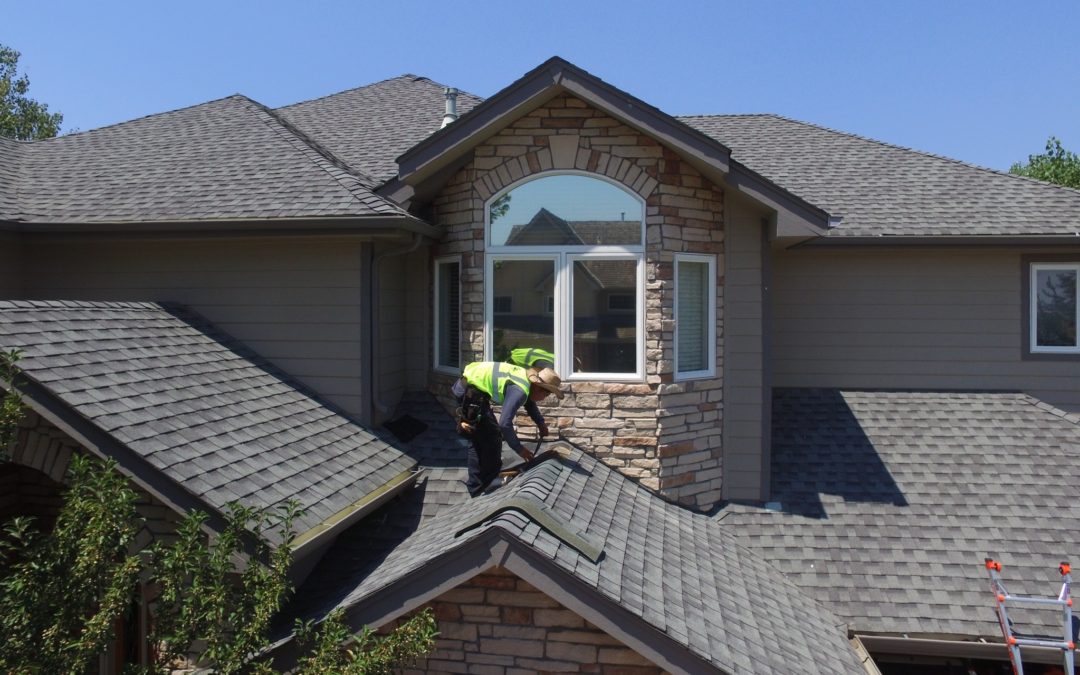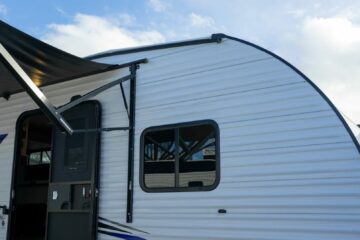Maintaining a residential roofing system is essential for ensuring the longevity, durability, and safety of your home. Your roof serves as the first line of defense against the elements, protecting your property and its occupants from rain, snow, wind, and sunlight. Regular maintenance plays a critical role in preserving the integrity of your roof and preventing costly repairs or premature replacement.
In this comprehensive guide, we’ll delve into the importance of regular maintenance for residential roofing and discuss the key steps homeowners can take to keep their roofs in optimal condition.
Understanding the Impact of Neglected Roof Maintenance
Neglecting regular maintenance for your residential roofing can have significant consequences, impacting both the structural integrity of your home and your financial well-being. Here are some key reasons why regular maintenance is crucial:
- Preventing Water Damage: One of the primary functions of a roof is to keep water out of your home. Over time, wear and tear, along with exposure to the elements, can compromise your roof’s ability to repel water. Cracked or missing shingles, damaged flashing, and clogged gutters can all contribute to water infiltration, leading to leaks, mold growth, and structural damage. Regular maintenance helps identify and address potential issues before they escalate, preventing costly water damage repairs. Water damage not only compromises the structural integrity of your home but also poses health risks to occupants due to mold and mildew growth.
- Preserving Structural Integrity: Your roof is more than just a protective covering; it’s an integral part of your home’s structure. A well-maintained roof helps distribute the weight of snow, ice, and debris evenly, reducing the risk of structural damage. Neglecting maintenance can result in weakened roof components, such as rafters, trusses, and decking, compromising the stability and safety of your home. By conducting regular inspections and addressing minor issues promptly, you can preserve the structural integrity of your roof and prevent costly repairs or replacements. Structural damage can lead to safety hazards, decreased property value, and costly repairs, making regular maintenance essential for protecting your investment.
- Extending Roof Lifespan: Residential roofing systems are designed to withstand the elements and provide long-lasting protection for your home. However, without proper maintenance, roofs can deteriorate prematurely, requiring replacement sooner than expected. Routine maintenance helps extend the lifespan of your roof by identifying and addressing potential problems early on. By investing in regular maintenance, you can maximize the lifespan of your roof and delay the need for costly replacements. Roof replacements are major investments that can disrupt your daily life and strain your budget, making regular maintenance a cost-effective way to prolong the life of your roof.
- Enhancing Energy Efficiency: A well-maintained roof contributes to the overall energy efficiency of your home. Damaged or improperly installed roofing materials can compromise insulation and ventilation, leading to increased energy consumption and higher utility bills. By addressing issues such as air leaks, inadequate insulation, and poor ventilation through regular maintenance, you can improve the energy efficiency of your home and reduce heating and cooling costs. Energy-efficient homes not only save money on utility bills but also contribute to environmental sustainability by reducing carbon emissions.
- Protecting Property Value: The condition of your roof significantly impacts the overall value of your property. A well-maintained roof enhances curb appeal and instills confidence in potential buyers. On the other hand, a neglected roof can detract from the attractiveness of your home and decrease its market value. By investing in regular maintenance, you can preserve your property’s value and ensure a higher return on investment when it comes time to sell. A well-maintained roof not only enhances the aesthetic appeal of your home but also provides peace of mind to prospective buyers, making it easier to sell your home at a favorable price.
Key Components of Regular Roof Maintenance
Now that we understand the importance of regular maintenance for residential roofing, let’s explore the key components of a comprehensive maintenance plan:
- Annual Inspections: Schedule annual inspections with a qualified roofing professional to assess the condition of your roof. A thorough inspection can identify issues such as damaged shingles, cracked flashing, and clogged gutters that may require attention. By catching problems early, you can prevent them from worsening over time and avoid costly repairs. Professional inspections provide valuable insights into the overall condition of your roof and help identify potential issues before they escalate, ensuring proactive maintenance and long-term roof performance.
- Repairing Damage Promptly: If your inspection reveals any signs of damage, such as missing or damaged shingles, cracked flashing, or leaks, it’s essential to address them promptly. Ignoring minor issues can lead to more extensive damage and costly repairs down the line. Whether you tackle repairs yourself or hire a professional, make sure to address issues as soon as they arise to prevent further damage to your roof and home interior. Prompt repairs not only protect your investment but also ensure the safety and comfort of your family by preventing water infiltration and structural damage.
- Cleaning Gutters and Downspouts: Clogged gutters and downspouts can prevent proper drainage, leading to water backup and potential roof damage. Clean your gutters regularly to remove debris such as leaves, twigs, and sediment. Ensure that downspouts are clear and free-flowing to channel water away from your home’s foundation. Regular gutter maintenance helps prevent water damage to your roof, siding, and foundation, preserving the structural integrity of your home. Additionally, clean gutters reduce the risk of ice dams forming in winter, which can cause water to back up under the roof and lead to leaks and water damage.
- Trimming Overhanging Branches: Overhanging tree branches can pose a threat to your roof, especially during storms or high winds. Trim back branches that hang over your roof to prevent them from causing damage or debris buildup. Additionally, remove any dead or diseased trees that could potentially fall onto your roof. Tree maintenance not only protects your roof but also enhances the safety and aesthetics of your property. Regular tree trimming reduces the risk of branches falling onto your roof during storms, preventing damage to roofing materials and minimizing the need for repairs.
- Checking Attic Ventilation: Proper attic ventilation is essential for regulating temperature and moisture levels in your home. Insufficient ventilation can lead to moisture buildup, which can damage roof materials and promote mold growth. Ensure that vents are unobstructed and functioning correctly to prevent these issues. Adequate attic ventilation helps prolong the lifespan of your roof by reducing the risk of moisture-related damage and preserving the integrity of roofing materials. Additionally, proper ventilation helps regulate indoor temperatures, reducing the strain on heating and cooling systems and improving overall comfort levels in your home.
Conclusion
Regular maintenance is essential for preserving the integrity, durability, and longevity of your residential roofing system. By investing in routine inspections, prompt repairs, gutter cleaning, tree maintenance, and attic ventilation checks, you can protect your home from water damage, preserve its structural integrity, extend the lifespan of your roof, enhance energy efficiency, and maintain its property value. Make regular maintenance a priority to ensure the continued protection and safety of your home for years to come. With proper care and attention, your roof will continue to provide reliable protection and peace of mind for you and your family.




